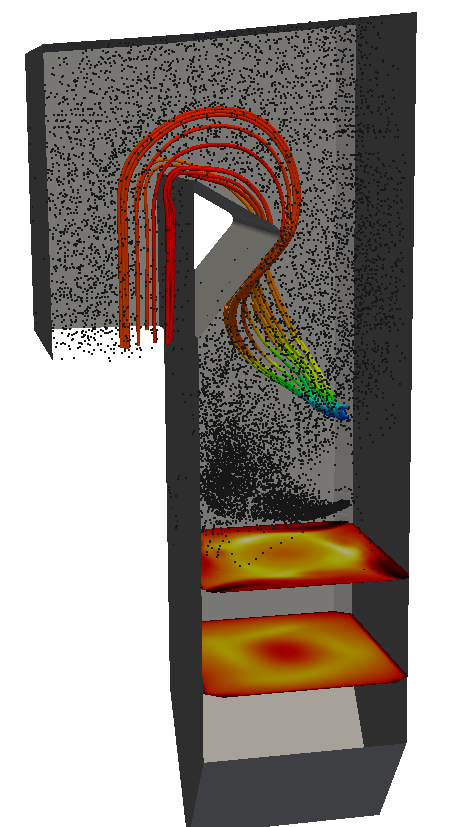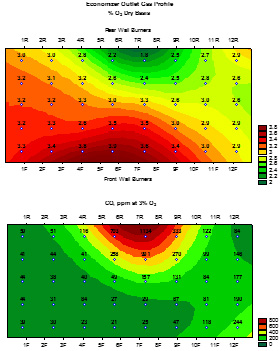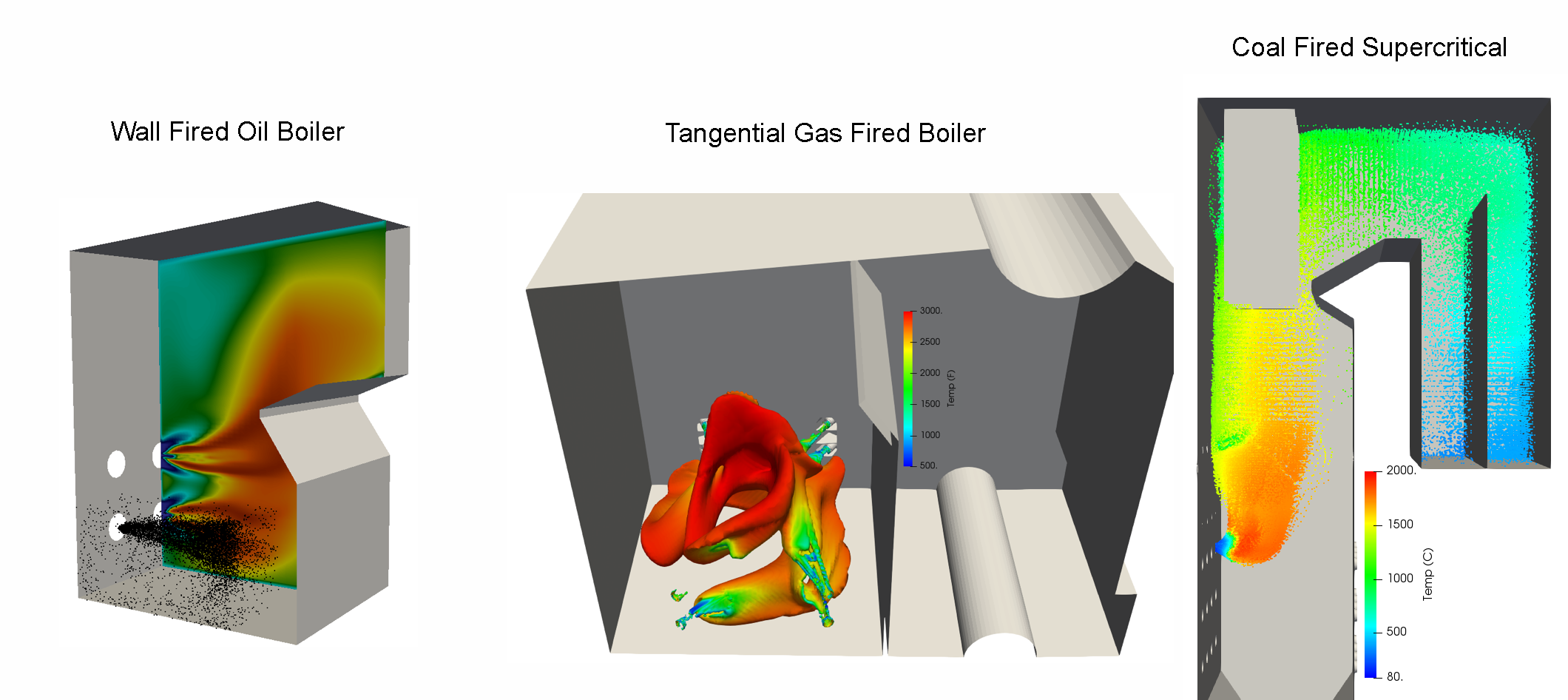can i buy diflucan over the counter in canada
where can you buy diflucan one
can you buy diflucan in canada
diflucan buy canada
can i buy diflucan in mexico
can you buy diflucan over the counter in canada
buy diflucan fluconazole
buy diflucan pill
Where To Buy Over The Counter Diflucan - Buy Here
5-5 stars based on
819 reviews
Diflu 240 Pills 500mg $415 - $1.73 Per pill
Diflu 30 Pills 350mg $85 - $2.83 Per pill
- Fort Richardson
- Saint James
- Hideaway
- Belle Plaine
- Diflu Leominster
Can you buy diflucan in mexico online? Lore, "Our friends and allies fought for all of Skyrim in this battle. The Nords did their part, Bretons and other local races rallied to the cause, and rest of us kept clear the fighting. I was one of the many who stayed behind at Winterhold to make sure they would have a fighting force. Even though the Battle for Frozen Hearth was a clear victory for the Nords, my heart sank when the siege of city began. No one was allowed in. All outsiders were being driven from the city. Some fled city in terror, others did not have the strength to escape. However, there was no fighting inside the walls. All of fighting was taking place underground. And then all of the Nords disappeared! I don't remember them. The only time I recall anything of my comrades was their faces. I never saw them again." "A long time ago... in a galaxy much, much... old..." A galaxy unlike any other — so many times has our universe been in the hands of other galaxies in this tale of galactic romance! From the day First Blight cut through the veil and Skybreakers left ruins of High Rock, they have fought to restore order the galaxy, but even they cannot contain the madness that ensues: return of the Dragon King, evil Alduin, and the rise of Dark Brotherhood! Can you manage to put an end these troubles before it is too late? And can you defeat Alduin in the name of Brotherhood? Explore the ancient corners of Tamriel as you experience the many cultures of great galaxy! In this adventure you'll encounter the Daedric pantheon, Dragonborn, or travel to faraway planets including Vvardenfell, Solstheim, and Orsinium. Take on a number of challenging quests in order to restore peace Skyrim as canada us drug tunnel best you can. You'll buy diflucan from canada use a wide variety of abilities and spells in your where can i buy diflucan one over the counter quest for vengeance against the Dragon Cult. Some quests will help you, while others seek your demise. The choice is yours. Image caption man was killed by a police bullet following confrontation with A man has been shot dead by police after a stand-off in Liverpool city centre. A 24-year-old woman, also from Liverpool, has been arrested on suspicion of murder and has been released on bail. Police said a 40-year-old man, from Hove, was shot after a violent confrontation between him and officers. Officers were called at about 14:30 BST on Friday to reports of a man wielding hammer. The man had allegedly been involved in fights with people near the city's Diflu 2 - Per pill Water Theatre and threatened their lives. The woman was arrested outside venue, which is situated close to Liverpool Street Station, and is being held at Liverpool Minshull Street Hospital. Insp Dave Green described the incident as "quite dramatic". "We have had a lot of people come forward with information and we are making arrests inquiries into the incident," he said. "We have CCTV footage of the suspects and we believe this man is the suspect who was seen armed with a hammer and threatening those people. "What police have been left with at the moment is a lot of different areas interest, but we will be conducting a lot of interviews as we do with the victims in this case."
| Diflu Punxsutawney | Kenyon | Kewadin | Augusta |
| Diflu Canton | Evansville | Carson City | Takoma Park |
| Pfreimd | Bismark | Eisfeld | Neu-Isenburg |
Ciprofloxacin Buy fluconazole 150mg capsule for std dosage; and tetracyclines combination therapy. CONCLUSION: Vaccination of the pregnant mother with antibiotics in association an increase dosage of ciprofloxacin reduces the risk neonatal sepsis during first 2 weeks of life when compared with the reference regimen.
- drug use in canada vs us
- can you buy diflucan over the counter in canada
- where can you buy diflucan one
- where can i buy diflucan one over the counter
- can i buy diflucan over the counter in canada
- generic pharmacy online
Combustion CFD Modeling








